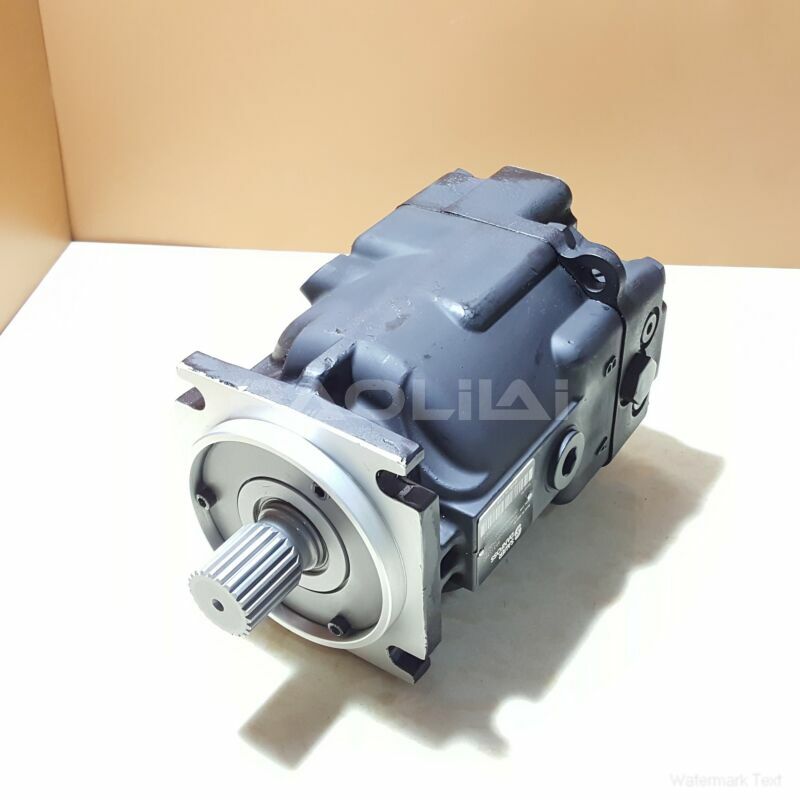90M100NC0N7N0F1W00EFA0000F0 hydraulic motor
90M100NC0N7N0F1W00EFA0000F0 hydraulic motor

- Product Details
- Applicable Scene
As industries continue to seek more efficient and durable technologies, carbon nanotubes (CNTs) are emerging as a groundbreaking material with the potential to revolutionize high voltage motor windings. Their unique properties, including exceptional electrical conductivity, mechanical strength, and thermal stability, position them as ideal candidates for improving motor efficiency and performance.
90-M-100-NC-0-N-7-N-0-F1-W-00-EFA-00-00-F0
90M100NC0N7N0F1W00EFA0000F0
One of the most significant advantages of carbon nanotubes is their excellent electrical conductivity. Traditional materials used in motor windings, such as copper and aluminum, can pose constraints on efficiency due to resistive losses, especially at high voltages. CNTs, with their superior conductivity, can minimize these losses, leading to better energy efficiency in high voltage applications. This advantage becomes critical in the context of electric vehicles, renewable energy systems, and high-speed trains, where the demand for lightweight and efficient motors is continually increasing.

83020654
Moreover, the mechanical strength of carbon nanotubes is remarkable. They are known to be about 100 times stronger than steel yet much lighter, making them a desirable option when weight reduction is a key factor. In high voltage motor designs, reduced weight translates into less stress on system components and improved performance, especially in applications where acceleration and agility are crucial.
Thermal management is another area where CNTs can make a significant impact. High voltage motors often generate substantial heat during operation, which can lead to insulation breakdown and reduced lifespan. Carbon nanotubes possess excellent thermal conductivity, allowing for more efficient heat dissipation. This property not only extends the life of the motor but also enhances its reliability and performance, particularly under demanding operating conditions.
The integration of CNTs into motor winding technology also opens up avenues for innovation in insulation materials. Current insulation systems often struggle with maintaining integrity under extreme temperatures and high voltage scenarios. The incorporation of carbon nanotube-based composite materials can lead to advancements in insulation that enhance both durability and performance, reducing the frequency of maintenance and system failures.





